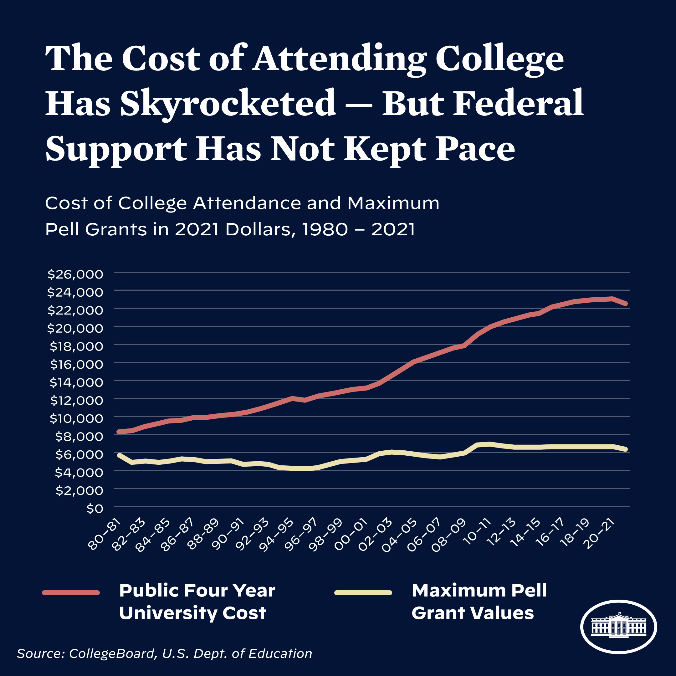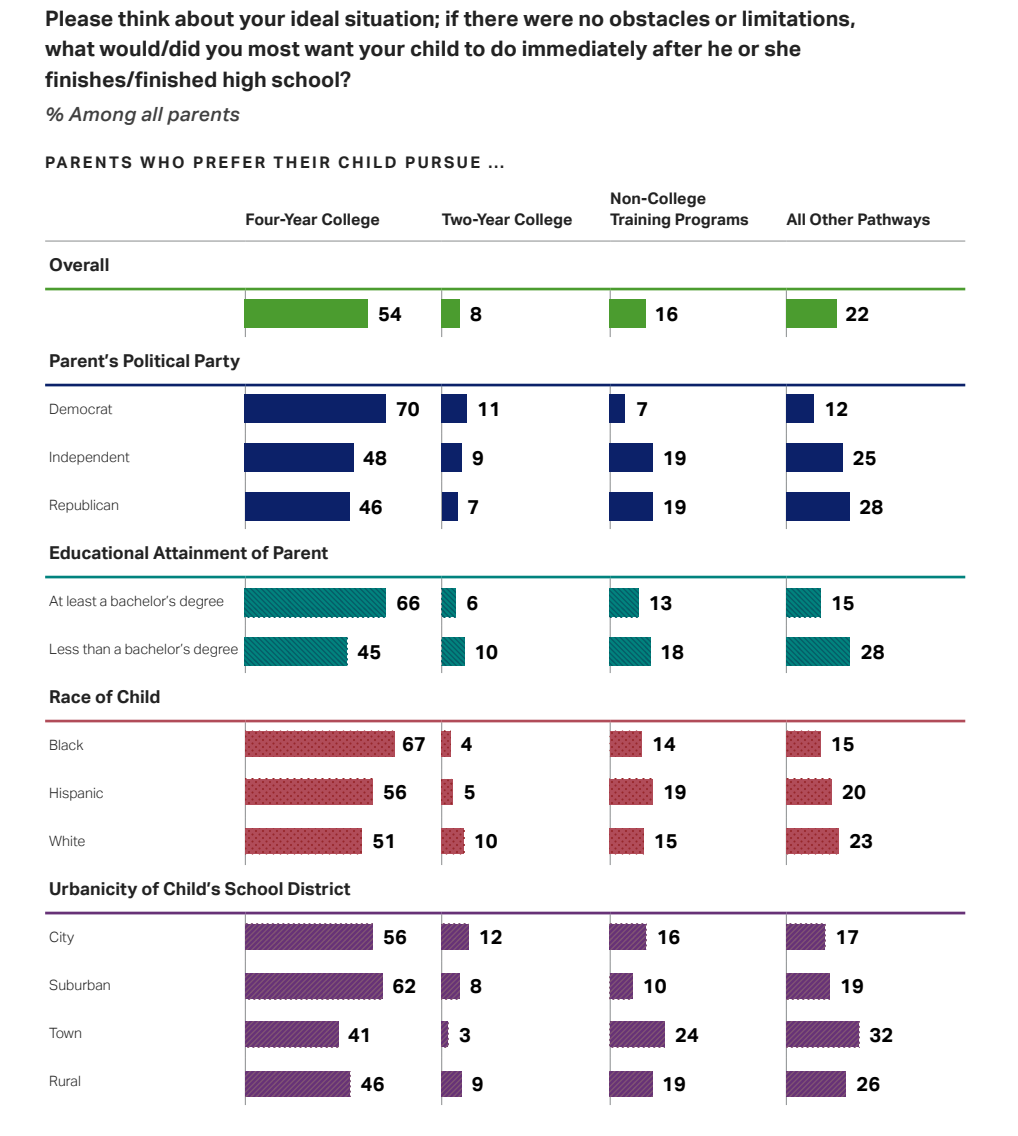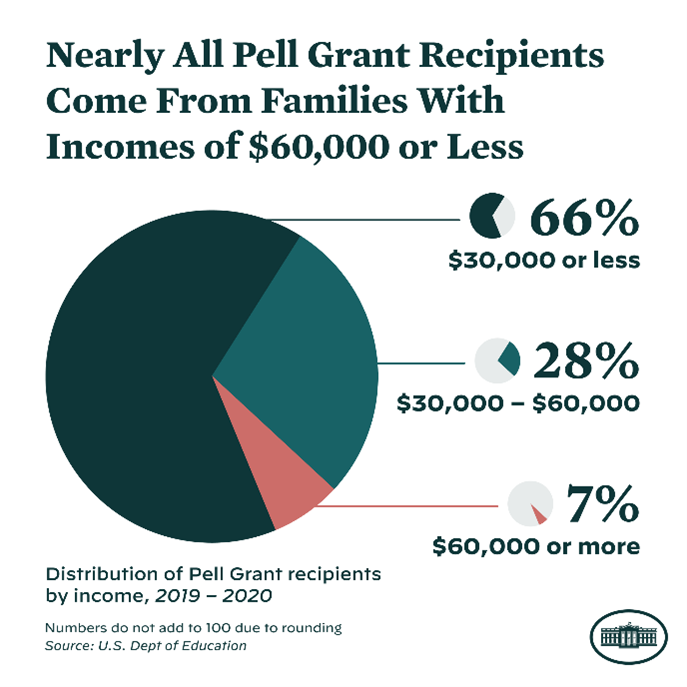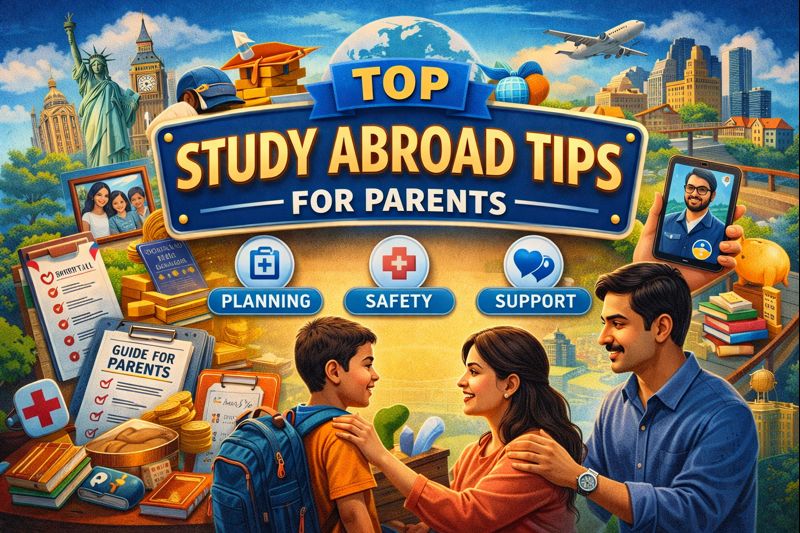Colleges are afraid. Afraid of falling enrollment rates. The enrollment of public and private universities declined by over 604,000 in spring 2022.
More than ever, colleges want students to enroll in their campus programs, even if this means the world’s most prestigious Ivy League universities handing out financial aid and scholarships.
So many numbers of students have reevaluated the value of higher education and seem to step back from enrolling in the undergraduate program. The situation worsens as International students find it harder to step foot into the USA due to rising tensions between countries.
However, colleges depend on students’ tuition fees to keep running. So high enrollments are essential to keep the boat from sinking.
In this blog, we will explore the following things:
- Why are Americans rethinking their decisions on getting a higher education?
- The factors playing a significant role in the steep fall in enrollment numbers.
- Private and Ivy league Universities providing financial aid to ease the burden on students
- Government measures such as the Debt Relief program to ease the student debt crisis
Declining Undergraduate Enrollment: Why Are American Students Rejecting Colleges?
Reason #1: Rising Cost Of Higher Education

Cost of higher education for both two years and four-year graduate courses has almost tripled since the 1980s. However, the Pell Grant, which supported 80% of total education costs now supports only 1/3rd of the total cost.
Moreover, despite the recent technological advances, there has been a steep rise in the cost of higher education. This means students from low-income and middle-income families have no choice but to take student loans to afford college fees. This has been one of the major reasons behind America’s $1.6 trillion student debt.
The table below shows the rise in education costs from 2003 to 2023. The following things can be identified from the data:
- Tuition fees for national private universities jumped 134%.
- Fees for in-state and public colleges have grown at an alarming rate of 175%.
- Tuition fees for out-of-state colleges rose by 141%.
Average Cost of Higher Education in the United States
Below is a quick overview of higher education costs in America for two years and four years in public and private universities. The data is just an estimate and will vary widely per region and other economic and geographical factors.
 When considering the cost of higher education, students have to think about living costs, extra expenditures, and travel costs apart from tuition fees. This adds more financial burden on students who are living away from home.
When considering the cost of higher education, students have to think about living costs, extra expenditures, and travel costs apart from tuition fees. This adds more financial burden on students who are living away from home.
Reason #2: Parents don’t want to send students to four-year college directly after high school

Gallop survey supported by Carnegie Corporation of New York found that around 46% of parents said they would instead not send their child to a four-year college following high school even if they were no obstacles, financial restraints or other things. Only 54% of parents still prefer a four-year college following high school for their child. The survey highlights the growing anti-college narrative and scepticism regarding college education in America.
Reason #3: Shrinking Birth Rate

The birth rate began to decline steadily in 2007 and 2008 and has not recovered yet. Although not all newborns will become graduates, factors like deaths, migration, and dropouts make birth rates essential in enrollment factors. So, the lower the birth rates, the lower the pool of high school graduates. This means fewer students in undergraduate education.
Major Private and Ivy League Universities Giving Out Financial Aids and Scholarships To Reduce Burden On Students
Colleges and major universities have been stacking their financial aid and scholarship programs to help students ease the burden. The below table depicts the Ivy leagues universities financial aid and scholarships awarded to economically weak students.
Top Ivy Leagues Universities And Financial Aid Programs To Help Needy Students
| College | Tuition Fees | Conditions for Financial Aid |
| Brown University | $59,254 | Brown does not require parent contributions from families with earnings of under $60,000 and assets of under $100,000. |
| Columbia University | $61,850 | No tuition fees will be charged if a student’s family income is less than $60,000.
Those students with families who earn between $60,000 and $100,000 a year are eligible for a reduced parent contribution. |
| Cornell University | $58,586. | Cornell does not require parental contributions from families with parents earning less than $60,000 and having assets less than $100,000. |
| Dartmouth College | $57,796 | It offers free tuition to families with incomes below $100,000, |
| Harvard University | $49,653 | Students from families earning less than $65,000 need not contribute to Harvard’s costs.
For families earning between $65,000 and $150,000, contributions will range from 0% to 10% of income, according to the family’s circumstances. A family earning over $150,000 must pay over 10% of its income, depending on their circumstances. |
| The University of Pennsylvania | $53,166. | For students whose incomes fall below $65,500, Penn provides financial aid to cover tuition, room, and board.
Financial aid packages covering tuition are also usually available to students from families with incomes below $140,000. |
| Princeton University | $48,502 | Families earning under $65,000 are eligible for full tuition, room, and board assistance.
Princeton offers financial aid to families earning up to $180,000 a year. |
| Yale University | $57,700. | Yale does not require parents with an income of under $65,000 to contribute to their child’s education.
Families earning up to $200,000 must contribute 20% of their income, based on a sliding scale. |
Other incentives universities use to lure new undergraduate enrollment are
- Beautifying campuses: One of the different ways universities are trying to improve enrollment is by beautifying campuses. Louisiana State University has built a lazy river, whereas the University of Akron built a lazy river along with a 56 feet long rock climbing wall.
- Reorganizing the educational structure and cutting out: Universities have been cutting out courses with the lowest demand. Some also have been redesigning their syllabi for new enrollments. The primary goals are to determine solutions that reduce resource waste and build a solid financial foundation.
- Adding new majors and programs: In the hopes of attracting new enrollment, Western Nevada College spent $13000 on building their state-of-the-art computer lab to start the cybersecurity program in 2018.
These are just a few examples of how major American colleges and universities are taking steps to reduce the falling enrollment rate.
$1.6 Trillion Student Debt Crisis: Government Finally Takes Step To Reduce Student Debt Burden
What we know about the 1.6 trillion student debt crisis:
- 45 million Americans hold over 1.6 trillion in student debt.
- Over 1/3rd of students have debt but no degree. These students couldn’t complete their degrees due to the high cost of attendance.
- Twenty years after first enrolling in school, the typical black borrower who started college in the 1995-96 school year still owed 95% of their original student debt.
How does the Biden Administration propose to solve this crisis?
- Debt relief To help with financial harm caused by the pandemic:

The Department of Education aims to provide up to $20,000 in debt cancellation to students who received Pell Grant loans held by the Department of Education. For non-Pell grant students, the cancellation amount falls to $10,000. The only borrowers eligible for debt relief are those with an income of less than $125,000 or $250,000 for married couples. For on-time loan repayment, the pause on the federal loan is to be extended till December 31, 2022, for the last time and will resume in January 2023.
- Protection for students and taxpayers by reducing the cost of higher education and holding educational institutions liable for price hikes.
- Making the student loan system more manageable through cutting monthly payments in half and fixing the public service loan forgiveness system.
Results of the Debt Relief Program
- Over 43 million borrowers will get benefits.
- Focus would be on low and middle-class borrowers with less than $75,000 annual income.
- Help borrowers of all ages. This includes 21% under 25, 44% under 26-39, and more than ⅓ above 40.
- Narrow the racial wealth gap, as twice the black borrowers have received Pell grants.
Time will tell whether this Debt Relief program helps reduce the US’s $1.6 trillion student debt crisis.
Wrapping Up
With the government’s Debt Relief program benefiting over 43 million Americans and private and Ivy universities with their financial aid programs, there’s a hope that America will notice a rise in enrollment rate.
But only time will reveal the outcome. Till then, stay tuned in.
Frequently Asked Questions
1. Do Ivy League universities give financial aid?
Yes. Almost all the Ivy League universities give financial aid to students in need. Princeton tops the list of Ivy league universities with financial aid packages.
2. What causes low enrollment?
Several factors affect the enrollment of students in higher education. Among these are as follows:
- High cost of education.
- Fewer or no financial support from the government.
- Students choose jobs after high school instead of education.
- Falling birthrates.
- And so many more.
3. How do people afford Ivy League schools?
Answer: Ivy leagues can seem like distant dreams for many. But good news is all the major Ivy league universities provide financial aid and scholarships to support young talent from financially weak families. Columbia, UPenn, Harvard and Princeton are few Ivy leagues universities with financial aid that covers 100% of educational costs.
















